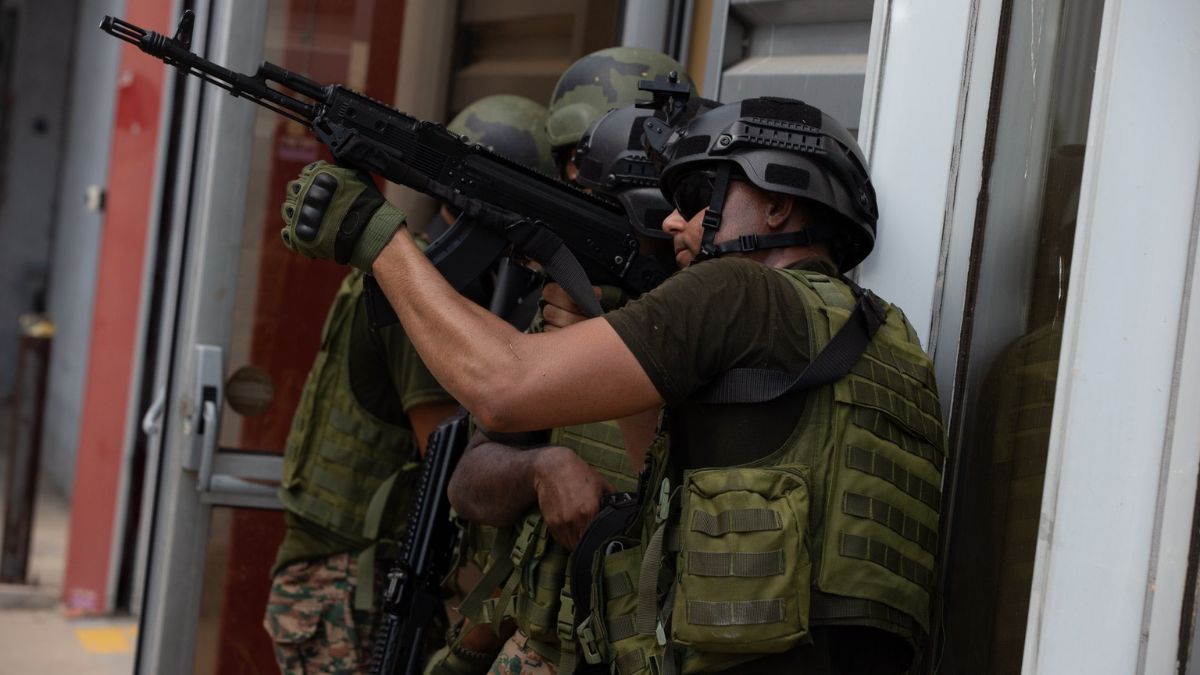In a major push to strengthen the Indian Army’s preparedness for counter-terror operations, the Ministry of Defence has finalized thirteen contracts worth Rs 1,981.90 crore under the Emergency Procurement (EP) mechanism. The contracts were signed against a total sanctioned outlay of Rs 2,000 crore and aim to rapidly plug critical capability gaps.
These acquisitions, completed through fast-track procedures, are focused on improving situational awareness, mobility, protection, and lethality of Indian troops engaged in counter-terror operations, particularly in challenging operational environments.
What types of equipment are being procured?
The wide-ranging procurements include next-generation surveillance, mobility, and combat systems. Among the equipment being acquired are:
- Integrated Drone Detection and Interdiction Systems (IDDIS)
- Low Level Lightweight Radars (LLLR)
- Very Short Range Air Defence Systems (VSHORADS) – including both launchers and missiles
- Remotely Piloted Aerial Vehicles (RPAVs)
- Loitering Munitions, including Vertical Take-Off and Landing (VTOL) systems
- Multiple categories of drones
- Bullet Proof Jackets (BPJs) and Ballistic Helmets
- Quick Reaction Fighting Vehicles (QRFVs) – in both heavy and medium variants
- Night Sights for Rifles
All systems are sourced from domestic manufacturers, reinforcing India’s commitment to indigenous defence capabilities.
Why was the Emergency Procurement route used?
The Emergency Procurement route allows the Armed Forces to bypass lengthy acquisition processes and quickly secure equipment deemed essential for immediate operational needs. In this instance, the Indian Army used the EP mechanism to fast-track deliveries and equip frontline units with mission-critical gear amid evolving security threats.
This procurement effort reflects a strategic emphasis on rapid capability induction and modernization tailored for counter-terror operations, particularly in high-risk zones. The Defence Ministry said the timely acquisitions were part of its broader drive to ensure the Indian Army is well-prepared to tackle emerging and asymmetric threats.
